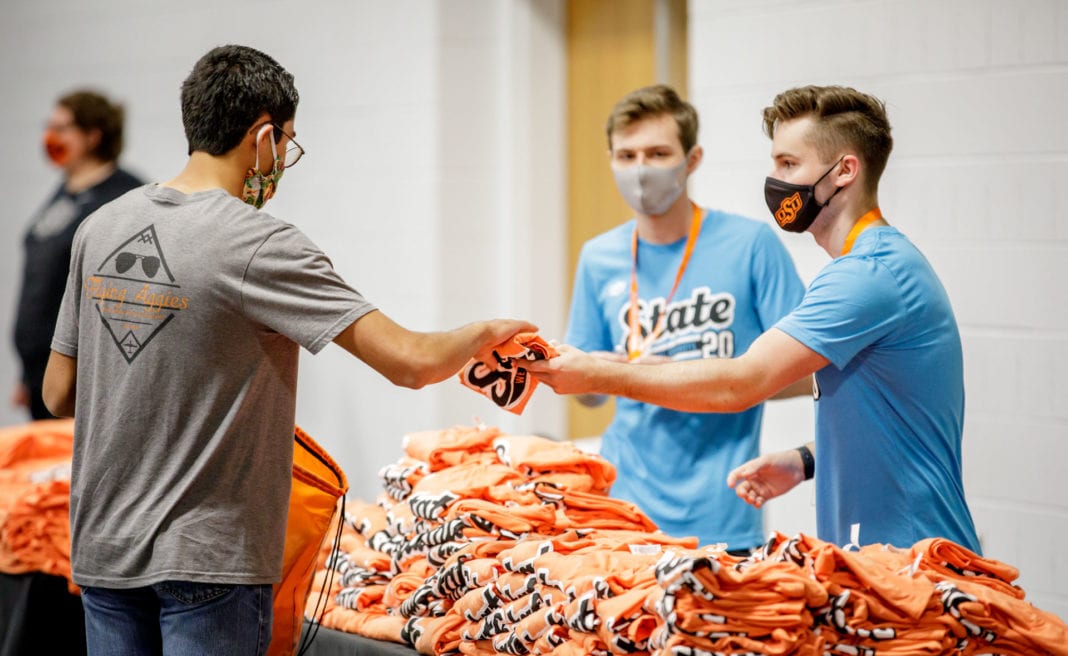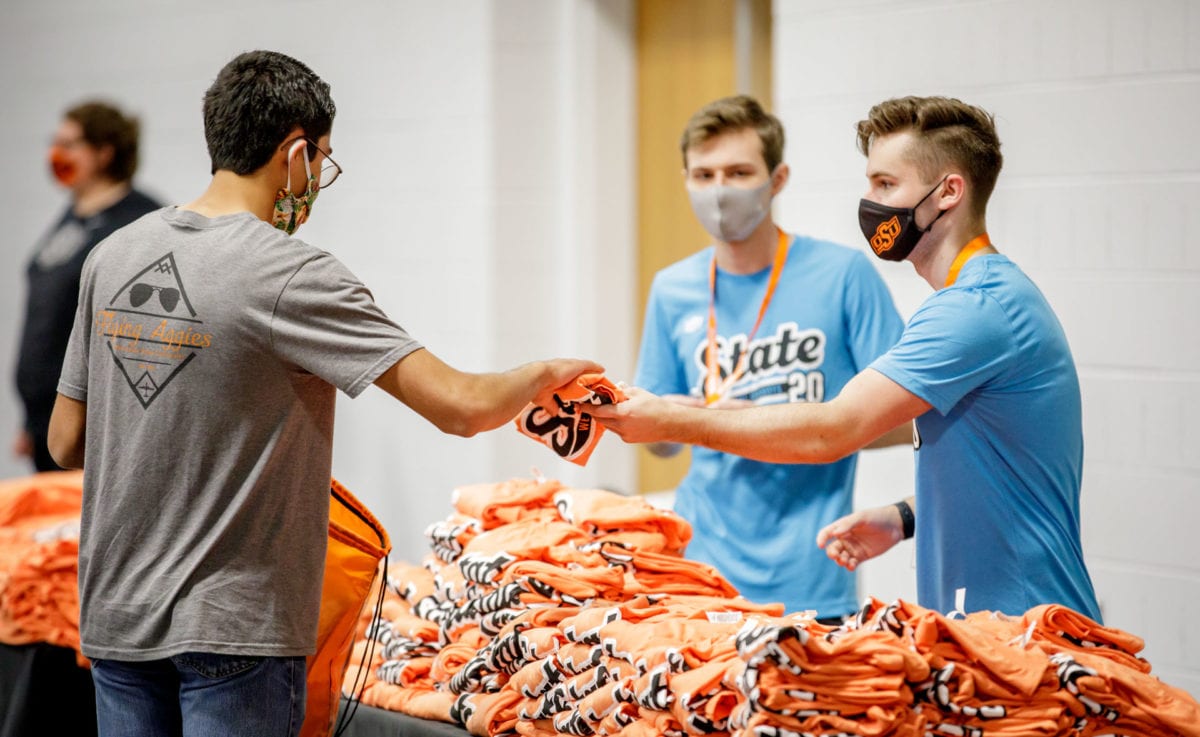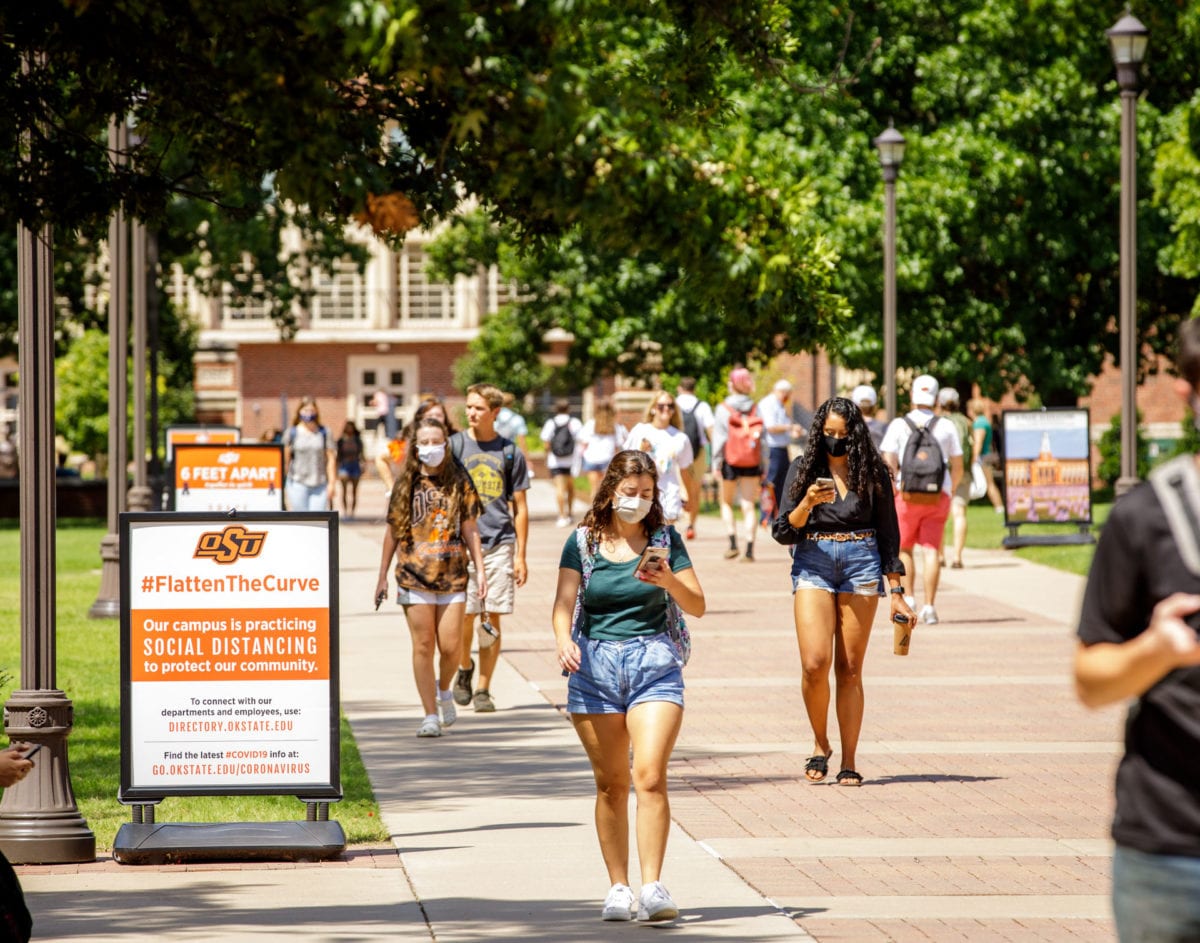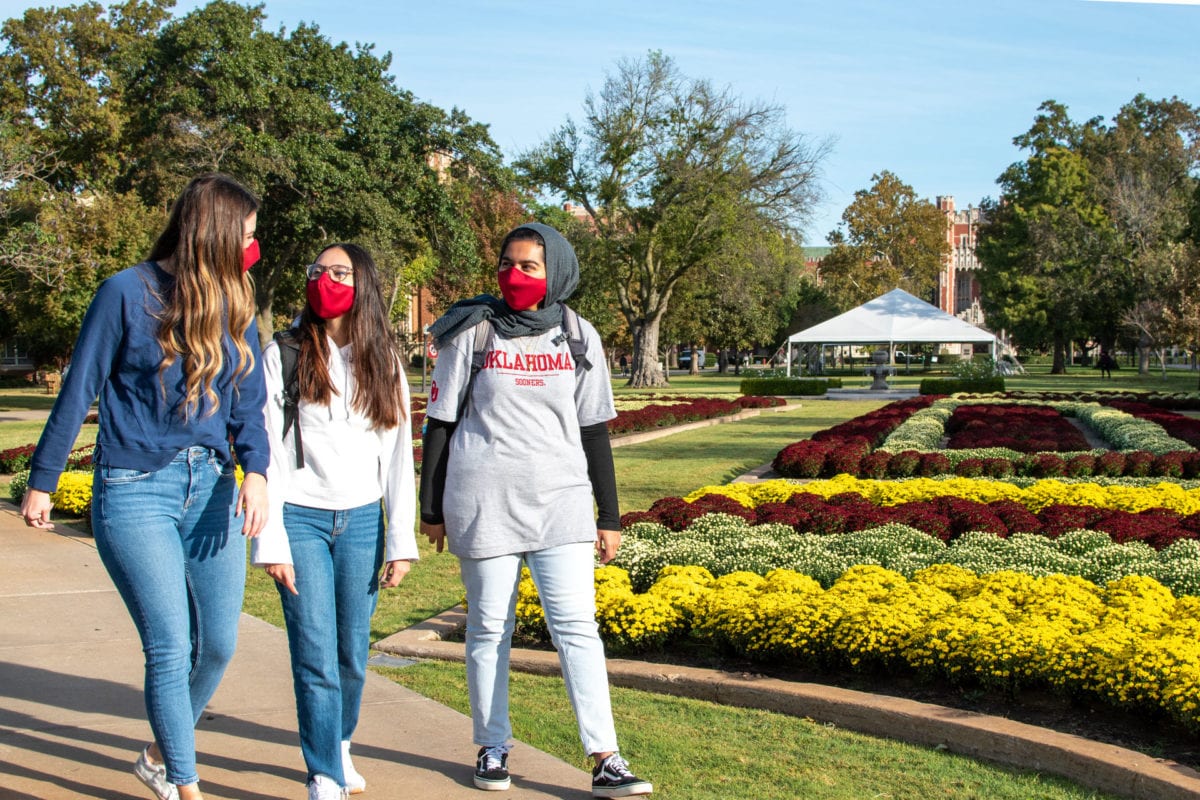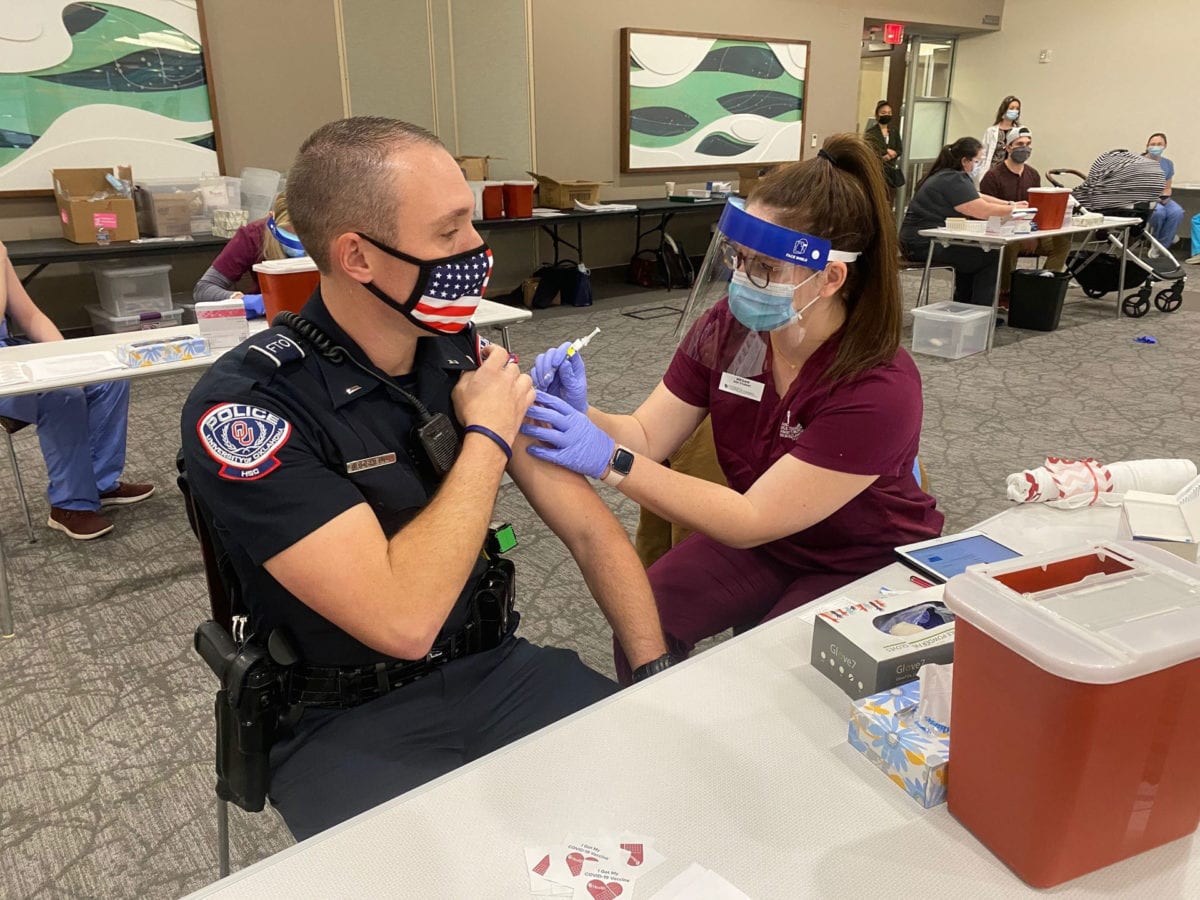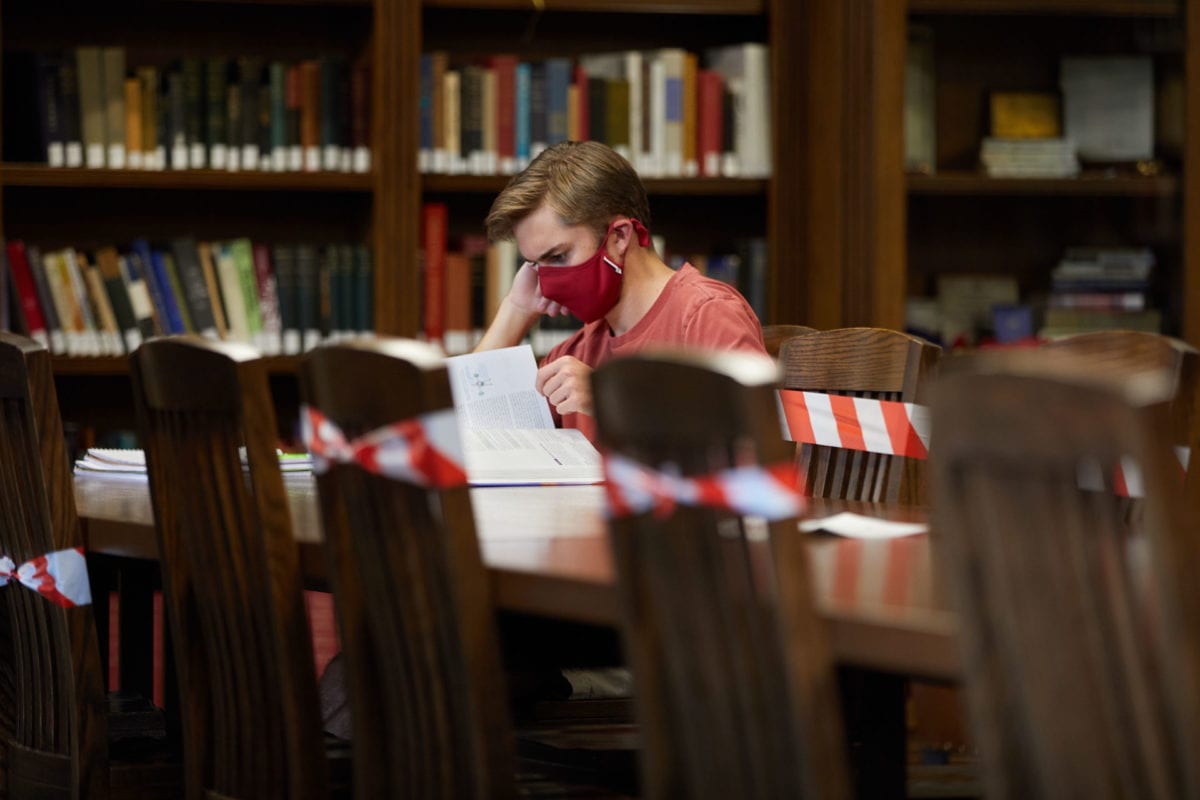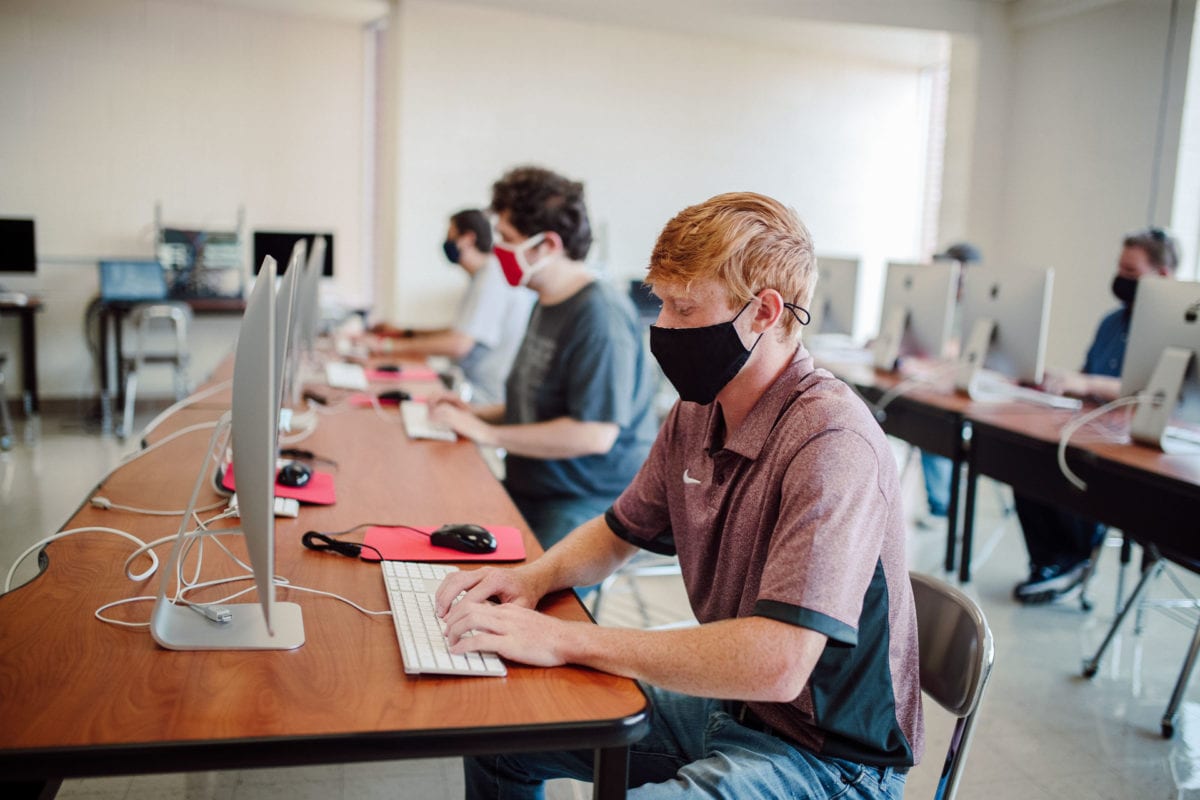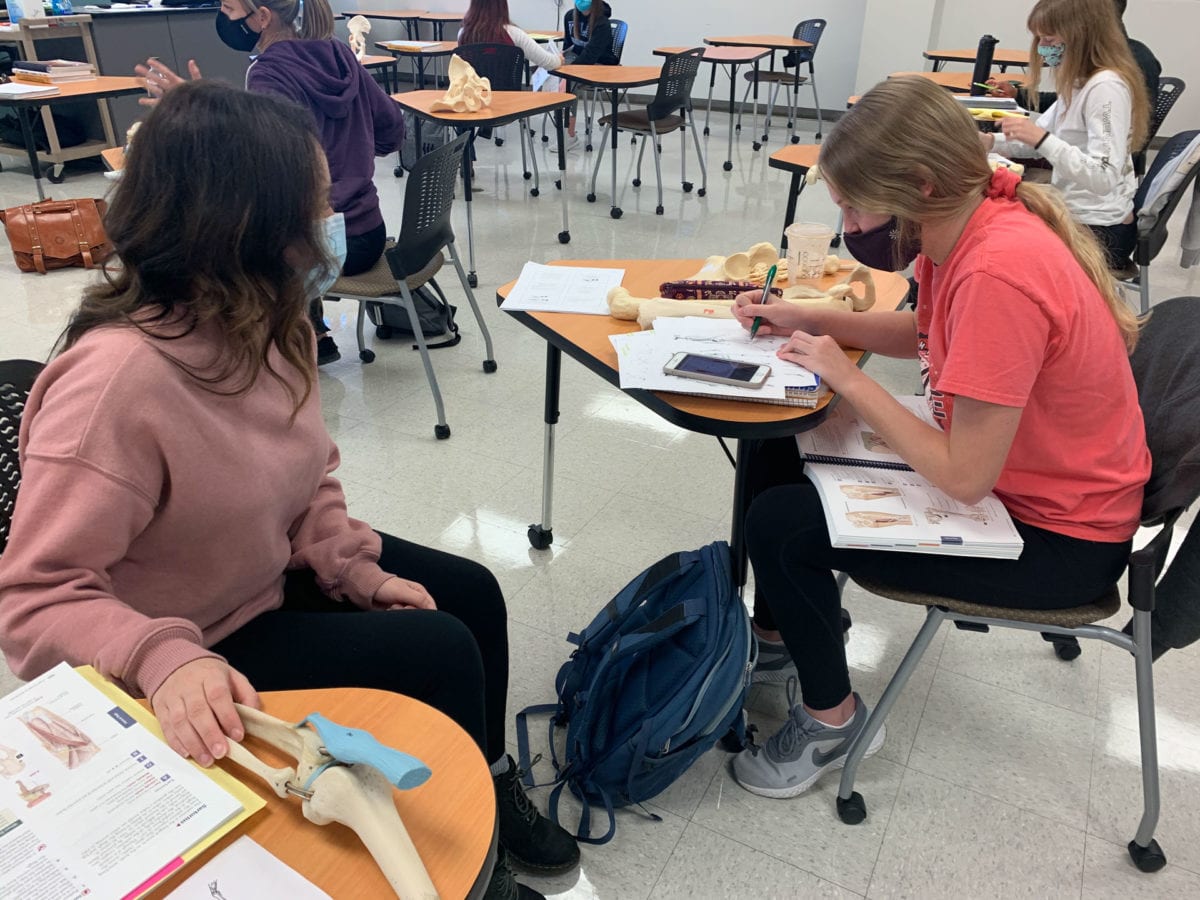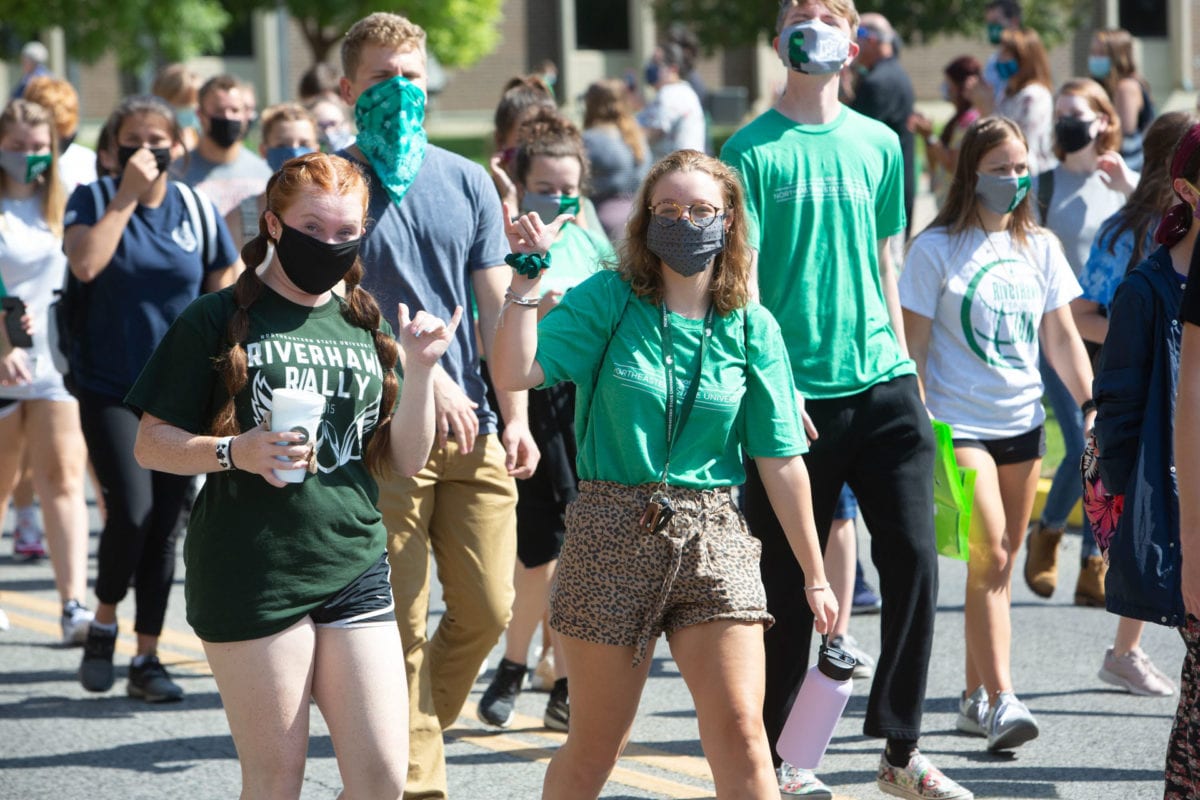It’s been a tumultuous year for higher education, and students, professors and administrators have felt the heat. We talk to some of Oklahoma’s universities about the last year of virtual learning, ways to drum up motivation for at-home instruction, study tips and lucrative degree programs.
A Year in Review: Online Learning
Phil Gibson, a University of Oklahoma biology professor, described himself as “an old dog, and not much for changing my ways.”
Then, COVID-19 happened. Colleges across the state locked down after spring break in 2020, finishing the semester with remote-only classes. Then, fall classes were either online or masked-up, socially distanced affairs.
“I’ve been teaching for 32 years,” says Gibson, “and the pandemic has caused me to completely re-think why I teach and how I teach.”
When exams went online, for example, cheating may have become an issue.
“I started talking to my colleagues and told them the problem is, we’ve taught the students that what is important is memorizing,” he says. “So, it’s incumbent on me to write better questions, and to make them think.”
Gibson developed a podcast, BioTA, producing seven episodes during the fall. He was motivated by what he calls “science denial. I kept hearing a lot of really dumb stuff about COVID and viruses. I use it to address bad information,” he says.
Tulsa Community College kept classes online during the summer as faculty geared up for fall.
“We really shored up and invested in resources,” says Angela Sivadon, the school’s senior vice president and chief academic officer. “We had a 40-hour workshop called Online Teaching Fundamentals. Some faculty had never taught online.”
Consistency was key, Sivadon says, with attention paid to small details, such as placing the syllabus for every course in the same spot on the Zoom software.
“Faculty shared ideas,” she continues. “Library staff did research on best practices. It was really a concerted effort from everybody at the college to make sure we delivered the same quality education across the board.”
Susan Johnson, associate vice president for academic affairs at Oklahoma State University-Tulsa, says student input was crucial for online teaching success. Classes were about 50/50 online and on-site in the fall, Johnson says, and for the spring semester, “we still have a healthy mix of online, remote-in and face-to-face. We’ve learned from students that they want options.”
Deborah Moore-Russo, who teaches math at OU, says that while she had previously taught online, many of her colleagues had not. To help, the math faculty “put in all kinds of hours making sure we knew how to do things,” she says. “On Zoom, we taught ourselves how to go into individual breakout rooms. We learned to display our screens. We made sure we knew how to capture videos and post videos, and looked at different ways to have active student learning.”
To help students deal with absences caused by quarantines, instructors made changes during the fall semester, such as giving five calculus exams rather than three, “so each exam was not such a big event,” says Moore-Russo.
Susan Stansberry is a professor in educational technology at OSU in Stillwater who built the school’s online teaching certificate program.
“I’ve been ready for this since 1998,” she says. “You can provide an outstanding learning experience online.”
Stansberry has taught online-only for several years, helping graduate students perfect their virtual teaching skills. Her department offers workshops for kindergarten through 12th grade teachers, which were discounted and revised to better meet needs during a stressful time.
“It made me realize how little I was paying attention to the social-emotional aspect of teaching,” she says. “It forced me to pay more attention to the needs of my students, who are adults, and some of them working. Some have families.”
Melissa Craft, an OU Health Sciences Center nursing professor, says her college prioritized hands-on learning.
“We pivoted to providing didactic courses online so that we could preserve hands-on learning in lab, simulation and clinical settings, as these are challenging to substitute in the virtual environment,” she says. “Students learned how to don and doff PPE, quarantined as necessary, observed social distancing whenever possible and learned how to be a COVID-19 ready nurse.”
These students also came out in droves to help with community COVID testing.
“Every time we have opened up sign-up sheets for our students to participate with us on the front lines, our needs have filled within minutes,” she says. “Our students are so ready to make a difference in ending this pandemic.”
Photos by Gary Lawson courtesy Oklahoma State University
Ways to Motivate
Moving work and school online brings a lot of challenges – one of the biggest being finding that motivation to work at home. Students and professors alike felt the struggle.
Soon after the fall semester got underway at Oklahoma State University, student Paige Thomas adopted a strict schedule. If she adhered to it during the day, she rewarded herself in the evening.
She learned that some treats are more beneficial than others.
“The emotional weight of living through a pandemic made unhealthy eating more attractive,” says Thomas, a Jenks native who graduated in December with a degree in strategic communications. “I’m a sucker for Hershey’s Kisses.”
Her classes were online, and she viewed the lectures at designated times during the day, working around her campus job as an editorial intern.
“I gave myself a good chunk of time in the evenings to go work out and to hang out with friends,” says Thomas. “Living in the sorority house, it was nice to always have people around. But a lot of friendships were strained because we were spending a lot more time together.”
Jessica Farquhar, student success coordinator at the Northeastern State University Advising Center, says some of her students struggled at first with the technological aspects of going online, while others got derailed by how the pandemic affected their personal lives.
“I ask them what happened, how they can change it, and we do a learning strategies assessment,” says Farquhar. “I encourage them to build a calendar on Google Calendar.”
Phil Gibson, a biology professor at the University of Oklahoma, says he was actually energized by the process of moving his classes online.
“I was nervous as can be, starting the class this fall. Now I’m looking forward to the spring,” he says in early January. “I would not be disappointed if they wanted me to keep lecturing online.”
Gibson says he could work mostly from home, but goes to campus to record his lectures.
“If I stay home, I will go out in my garden and start piddling,” he says. “My dog will distract me.”
Photos by Travis Caperton courtesy the University of Oklahoma
Lucrative Degrees
COVID-19 has not dissuaded nursing students at Tulsa Community College, says Angela Sivadon, senior vice president and chief academic officer.
In fact, she says “the pandemic has encouraged many people to go into nursing and healthcare occupations.”
Nursing students, she says, “still wanted to do their clinicals even though they were at higher risk. They wanted to graduate and be able to go out and help in the community.”
Nurses have been called the “Swiss army knife of health care,” says Melissa Craft, associate professor in the University of Oklahoma Fran and Earl Ziegler College of Nursing. “Nurses work on the streets taking care of homeless people, they work with people who are dying and want to stay in their homes surrounded by loved ones and receive relief from pain and distress, they work with new mothers who are experiencing postpartum depression and need support, and they work with drug addicts who are trying to stay clean long enough to get a new heart valve.”
Starting salaries for four-year degree nurses range from $55,000 to $80,000 a year.
Engineering, information technology, education, communication, business and energy management are other good career choices, says Christy Caves, executive director of the Center for Career Development and Professional Engagement at the University of Tulsa. Top employers of TU graduates include Haliburton, Honeywell, Phillips 66, BOK Financial, ONEOK, St. John Medical Center, Saint Francis Health System and Paycom.
The average starting salary is $72,918 for graduates of the College of Engineering and Natural Sciences, which includes majors like computer science, petroleum engineering and cyber security.
Business graduates have an average starting salary of $71,888 annually; health sciences graduates start at $51,165; arts and sciences graduates start at $43,616.
Photos courtesy Oklahoma Panhandle State University
Prepping for
the ‘Real World’
MaKenze Anderson says a variety of experiences prepared her to enter the “real world” after graduating from Oklahoma Panhandle State University in Goodwell.
“I learned a lot from my family, and I was very fortunate to work at one of the local banks through all my summers and Christmas breaks,” says Anderson, a Boise City native who holds an agricultural business degree and now works for OPSU as an Academic Resource Center coordinator.
Anderson recommends the kind of job experience she gained while in college, and the Academic Resource Center offers job placement assistance for undergraduates, graduating seniors and alumni.
Employers post openings on the Aggie Job Board, and students can send resumes to potential employers directly from her department.
Students can drop by anytime for advice and help with resumes, and career fairs are held annually. During the career fairs, she says, “they set up in the hallways, and students can bring their resumes and gain a lot of networking skills just learning how to talk to employers.”
There’s also a senior-alumni mixer at a restaurant in nearby Guymon, where employers provide appetizers and students dress professionally, bring their resumes and talk to employers in a more relaxed setting.
OPSU also offers business classes where students can learn skills such as salary negotiation and managing retirement accounts, Anderson says.
Photos courtesy Tulsa Community College
Nailing College
Applications
The college admission process is either automatic or holistic, according to the University of Oklahoma admissions office. Automatic admission guarantees entrance to students with certain GPAs, test scores and/or class ranks. OU uses the holistic process, based on a variety of factors such as student life and letters of recommendation.
The essay, according to the admissions office, “is a way to express creativity and to show us who you are. This is your time to shine about what kind of person you are outside of your academics.”
OU accepts up to three letters of recommendation from teachers, counselors or coaches. “Letters of recommendation help us understand you from the perspective of others,” according to tips for submitting a college application found on the OU website.
On the application form, students should list high school activities such as leadership roles, community service and work experience.
Photos courtesy Northeastern State University
Study Tips
Self-discipline is often the first skill a college student needs to acquire, says Jessica Farquhar, student success coordinator at the Northeastern State University Advising Center.
“My students often have a steep learning curve with time management,” she says. “Things go smoother after that.”
Instructors are there to help, but they expect their students to read the syllabus and not count on frequent reminders about project due dates, says Farquhar.
“You need to study two to three hours outside of class for each hour spent in class,” she continues. “And just reading your notes is not studying.”
All-night cramming is a bad idea, she advises.
“A good night’s sleep will help you utilize your thoughts,” she says. “It’s better to go over your notes 30 minutes a day throughout the semester.”
And study groups, she says, are good … if they don’t turn into social events.






















